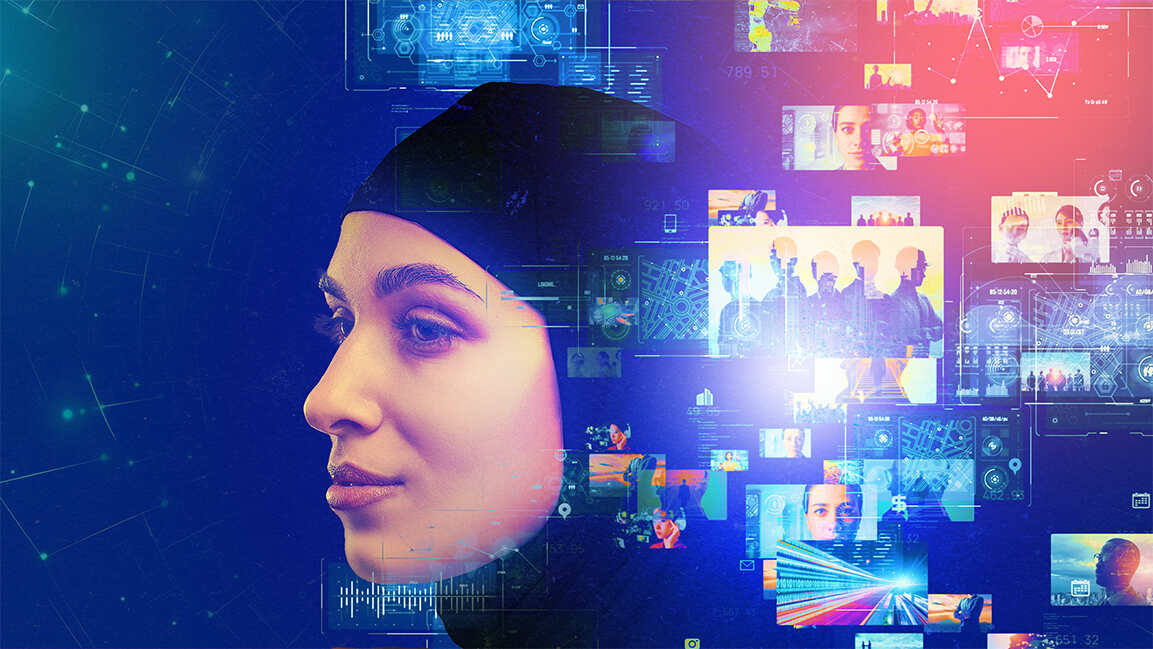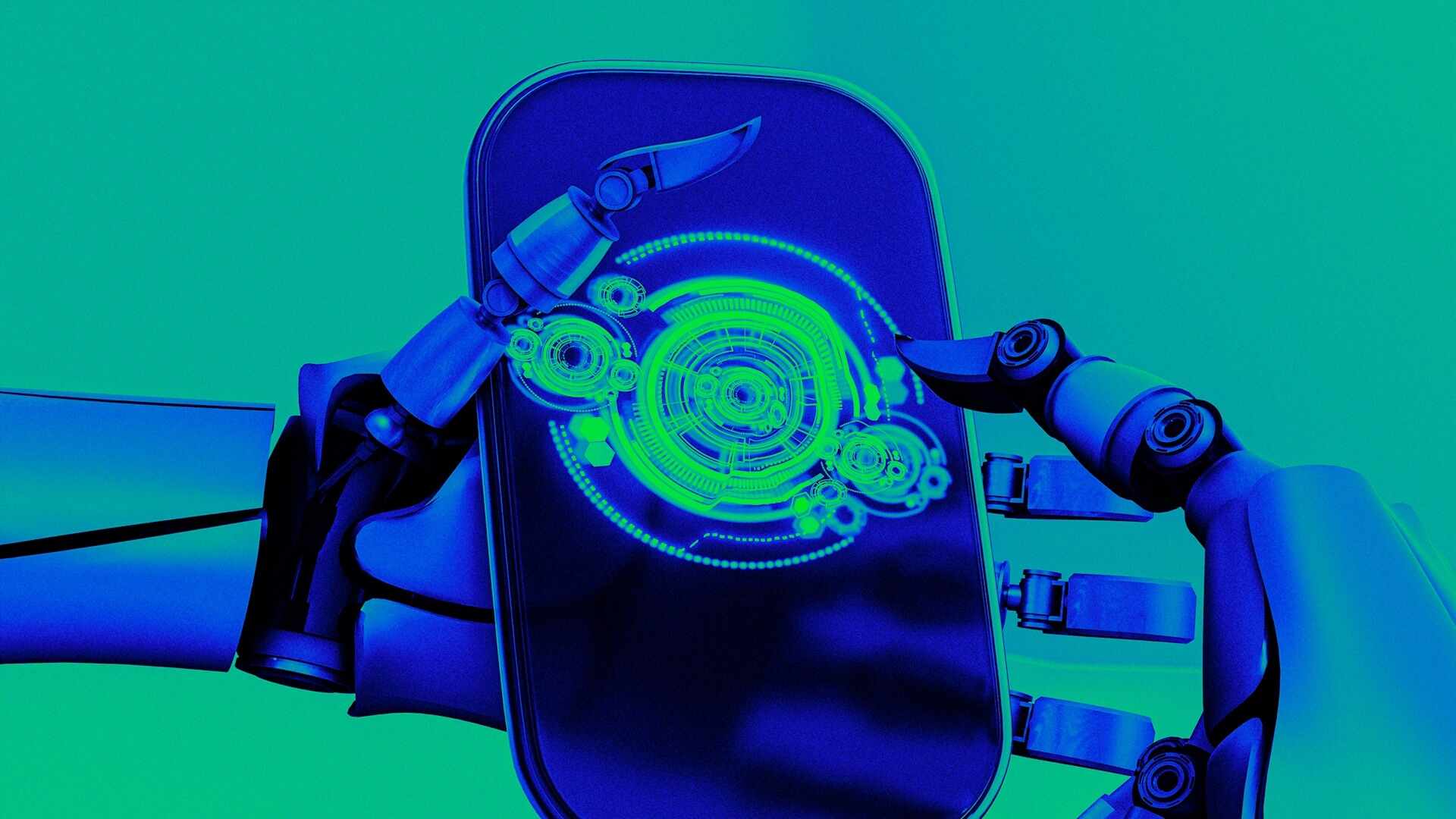- | 9:00 am
How are Middle East’s content creators navigating the authenticity challenge?
As audiences become more media savvy, they are questioning content's intentions.

The Middle East’s creator economy is thriving. The region has become a hotspot for digital innovation and content creation. However, as this sector grows, so do the expectations of its audience.
At the heart of it all lies a simple, pressing challenge: authenticity.
With thousands of creators vying for attention—and AI-enabled content overload—followers are asking: Who can we trust?
EMOTIONAL CONNECTION
Early influencers built communities on relatability. But today, in a digital landscape saturated with paid partnerships and increasingly AI-generated content, the sense of “realness” is hard to find.
For creators like Nidhi Kumar, a TikTok trailblazer with over 1 million followers and founder of NKD Studio, maintaining authenticity is about emotional connection. She says her content, built over seven years, is something AI can’t mimic.
Monday Agono Matthew, a Dubai-based fashion and lifestyle influencer, sees AI as a tool with both potential and pitfalls. While he acknowledges its value in improving workflow and enhancing creative output, he’s wary of how easily it can be misused.
He warns that doctored videos or misinformation AI generates could pose serious risks. For him, AI should support human creativity—not replace it.
Echoing that sentiment, Heba Hammad, an Egyptian lifestyle influencer, points out that while AI can save time, it can’t replace the impact of storytelling. “It’s definitely helping creators do more in less time,” she says.“But the real connection comes from storytelling and human creativity.”
Moderation is key for content creators like Manal Abbasi, a Dubai-based lifestyle influencer.
She says she uses AI tools sparingly—mainly for caption drafting or minor editing support—but intentionally avoids anything that distorts the content or compromises the emotional tone. For her, creators must experiment with AI to support storytelling, not override it.
CULTURE IS KEY
In the Middle East, authenticity isn’t just about transparency—it’s also about cultural awareness. Influencers in the region walk a fine line between aspirational content and cultural sensitivity. Content that doesn’t honor these nuances risks alienating audiences or damaging trust.
Kumar believes that the Middle East’s diversity is actually its strength. The ability to cater to a multicultural audience allows creators to expand their range and express themselves without being boxed into narrow expectations.
For Hammad, that also means staying honest about who she is and what she stands for, even when working with brands.
TRANSPARENCY ISN’T OPTIONAL—IT’S EXPECTED
As audiences become more media literate, they’ve started actively questioning the influencer’s intentions. Followers today want to know not just what creators are promoting but also why and whether it aligns with their genuine beliefs.
Matthew often shows behind-the-scenes moments with brands and explains how partnerships come to life. He also chooses collaborations based on values and relevance to his audience. “I only work with brands that align with my values,” he says, “so I can create content my audience can actually learn from.”
For Abbasi, it’s about personal experience and ethical alignment. As a new mom, she’s been approached by parenting brands but has partnered with those she uses in real life. Her collaboration with Babyshop, for example, was based on the fact that most of her nursery products and her child’s wardrobe were already from the brand. “I didn’t want to promote something I wouldn’t personally use,” she says.
She distinguishes between paid content and organic posts, tagging all partnerships and sharing her unpaid discoveries just as often.
Hammad takes a similarly straightforward approach. She’s upfront when content is sponsored and only works with brands she genuinely supports. “People are more educated now,” she says. “They can tell when you’re being genuine or fake.”
BUILDING AN HONEST ECOSYSTEM
All four influencers agree that authenticity must be intentional.
Kumar emphasizes the value of storytelling—not just the shiny highlights but the whole journey. Matthew points out that brands, too, need to step up, especially regarding transparency in product representation, customer service, and data use.
In his experience, some companies edit images for e-commerce listings or avoid addressing customer concerns, which erodes trust. He believes AI could help here—not in content creation but in tracking products, improving logistics, and streamlining operations.
Matthew also notes an increase in skepticism. “Everyone with followers is called an influencer now,” he says. “That’s led to a rise in bad influence and a shift in trust. People want to see who you are—not just who you’re paid to be.”
Hammad adds that it’s also about gut instinct. “If something doesn’t feel right, don’t force it,” she says. “Being real, saying no when it doesn’t align, and being clear with your audience makes all the difference.”
All four creators have observed a significant shift in audience behavior. Followers are more inquisitive and selective than ever. They cross-check endorsements, question product claims, and are more vocal about what feels authentic—and what doesn’t.
Hammad has seen this play out clearly in her own community. “People are over the perfectly filtered images,” she notes. “They want something real and genuine that feels close to them.”
THE FUTURE IS MORE REAL, LESS FILTERED
As the Middle East becomes a content creation hub, creators and brands have a unique opportunity to grow and lead. That leadership will be defined not by follower counts but by how deeply creators can connect with audiences and how transparently they can tell their stories.
According to Abbasi, the future lies in niche, value-driven content that reflects creators’ real lives and offers something meaningful to their audiences. Carousel posts, in-depth lifestyle content, and behind-the-scenes glimpses are leading.
User-generated content, she adds, is another rising trend. “It used to be that only brands made UGC,” Abbasi explains, “but now creators are doing it too—often as a side income. It’s becoming a powerful hybrid model for monetization.”






































